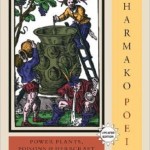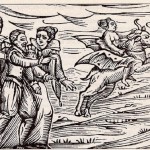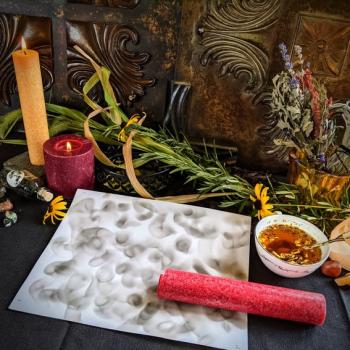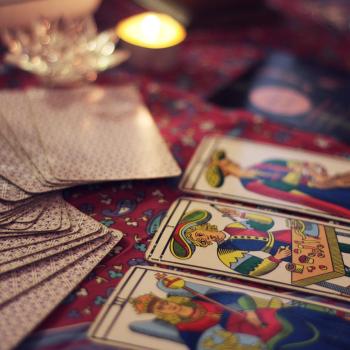“Poison is a glyph for magical power itself: complex, concentrated, liberated in the hands of the elect and disastrous in the hands of the fool.” – Daniel Alvin Schulke, Veneficium
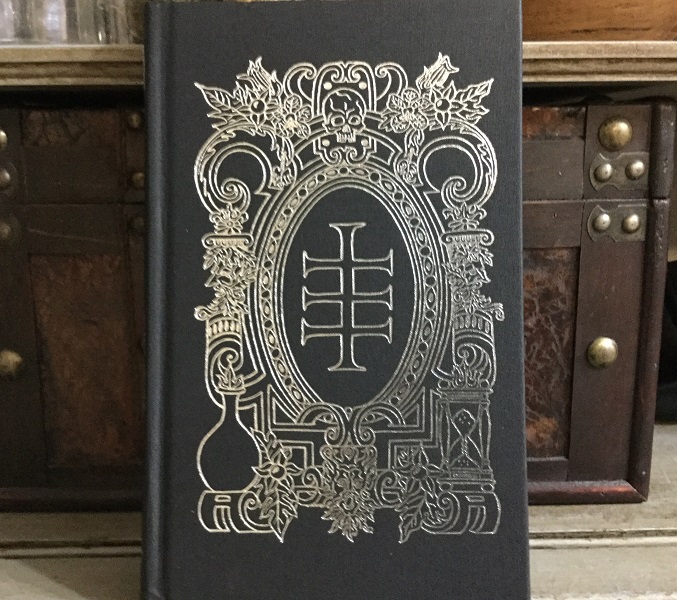
Veneficium: Magic, Witchcraft and the Poison Path by Daniel Alvin Schulke
This book authored by the current magister of the Cultus Sabbati, is indispensable to the traditional magical practitioner, and poisoner alike. In antiquity there existed a close relationship between the practice of witchcraft and the poisonous arte of Veneficium. There are many manifestations of this relationship both linguistically and across diverse cultures. In this well-researched work Schulke explores many facets of the mysterious Crooked Way. The beautiful language he uses will be refreshing to the jaded occultist, his literary prose infuses the text with a strong sense of academic authenticity fusing witchcraft and science. It will ignite the dark flame of inspiration within the novice.
Veneficium, is not just a book; it is a masterpiece. The brilliant artwork of Benjamin A. Vierling entices the reader with hidden symbolism and rich colors. The hard cover is well-made and stamped with an ornate silver design depicting the flowers and berries of Atropa belladonna, and symbols of death and transformation. The attention to detail that is signature of the fine books released by Three Hands Press Publishing Company is present here from cover to cover. The sold-out limited editions fetch high prices on the secondhand book market.
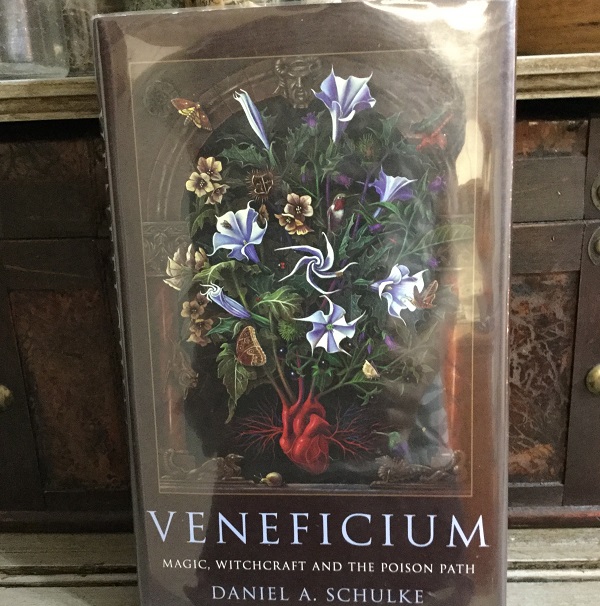
In addition to the medieval woodcuts and other illustrations, there are a few select full-color images in the center of the book. These images, some taken from medieval manuscripts, the Richel-Eldermans Collection from the Museum of Witchcraft, and special pieces from the author’s private collection. Naturally, many of the images throughout the book show various baneful herbs in anthropomorphic forms layered in occult symbolism.
Schulke discusses the role of the pharmakos of ancient Greece, the veneficus of ancient Rome, and the fascination held by medieval alchemists with poisonous substances as a means of transformation. He also includes many of the more obscure topics of this forbidden arte. The necromantic practice of using human remains known as mumia in certain offerings and formulas, the use of pulverized mummified remains from Old Egypt, and the toxins produced by our own bodies through the process of decay are a few of the more unique subjects this book covers. There are as many diverse practices around the world as there are poisonous plants, and their use in indigenous cultures is a testament to their continued efficacy. Schulke leaves no dark corner undiscovered as he presents these concurrent streams of knowledge coherently within the context of modern traditional witchcraft.
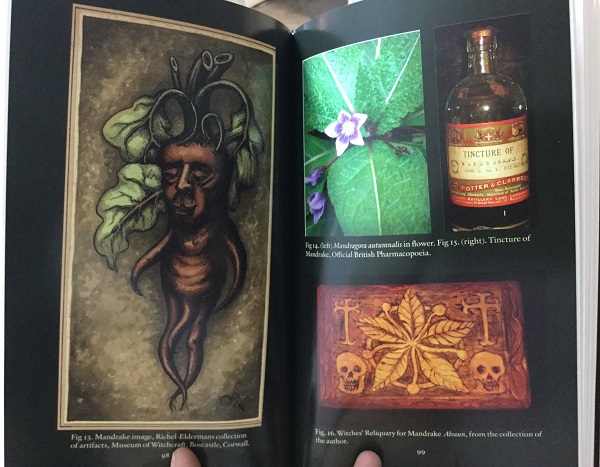
This is one of the most in-depth and diverse investigations of the Poison Path as it directly relates to magical practice. It would be a great addition for any witch, alchemist, or occultist seeking the well-kept secrets of the Crooked Path. This was a book that I coveted for quite some time before it fell into my hands, and I can say that it was definitely worth the wait. Veneficium opened my practice up to a whole knew world of witchlore that I was unaware existed. This book showed me that ingredients like wolfsbane or Devil’s apple weren’t just fantastic appellations to be overlooked, but powerful constructs within themselves well worth investigation.

